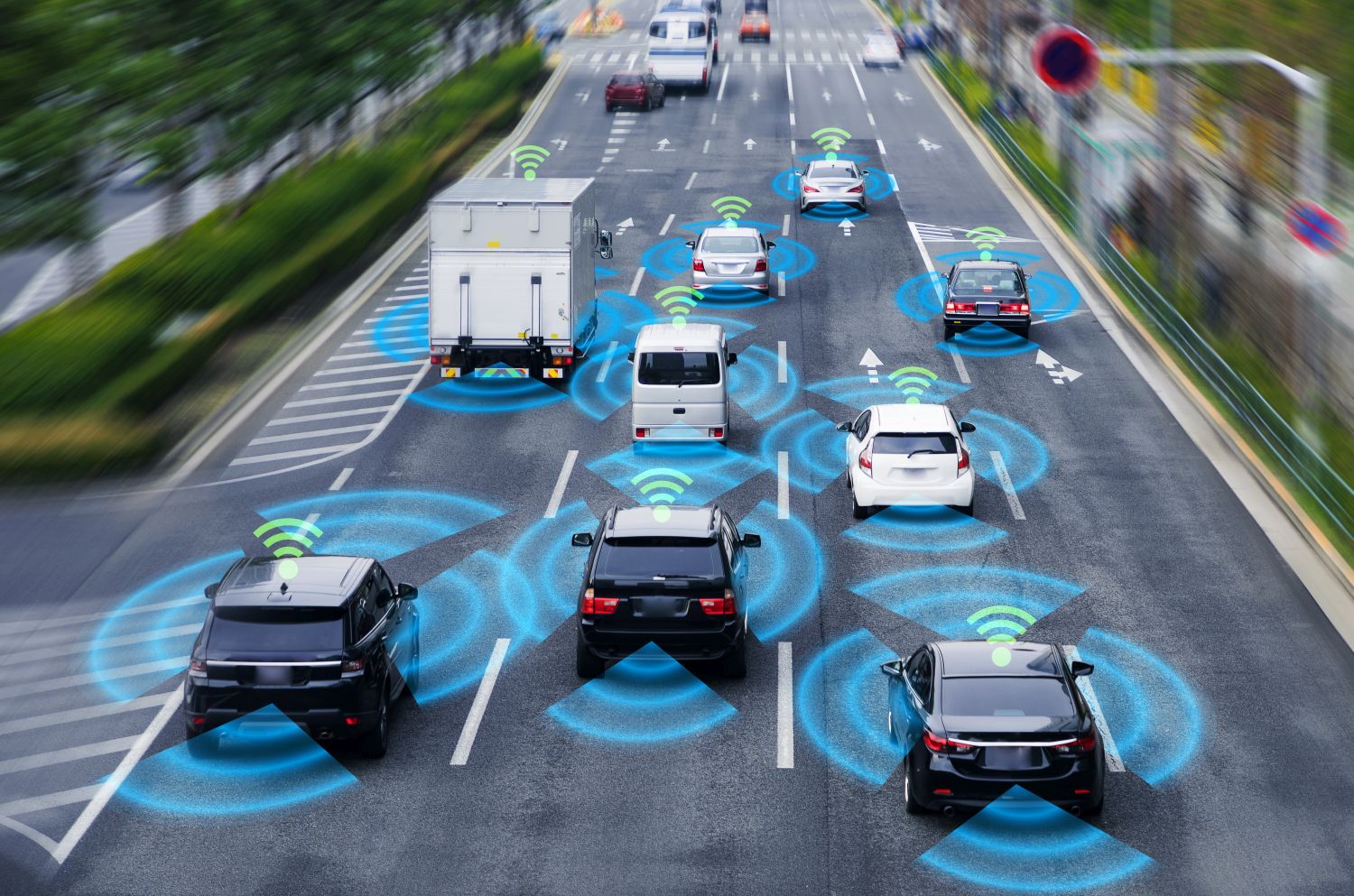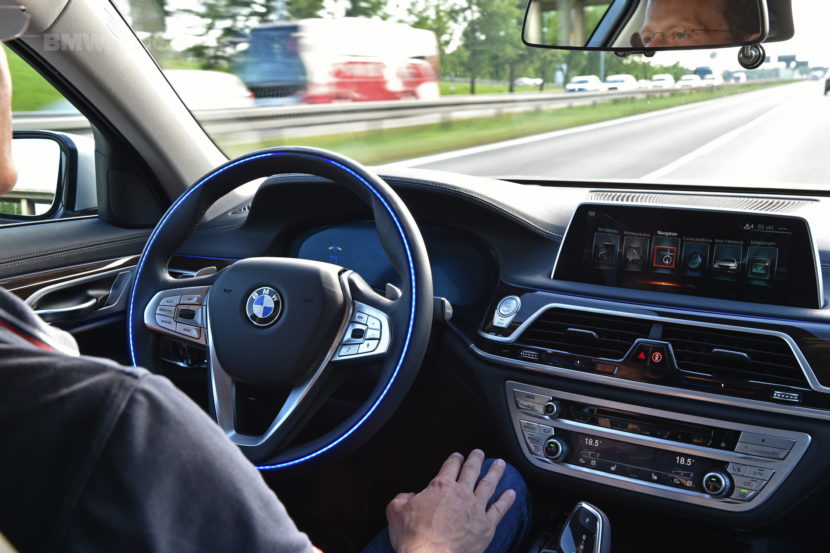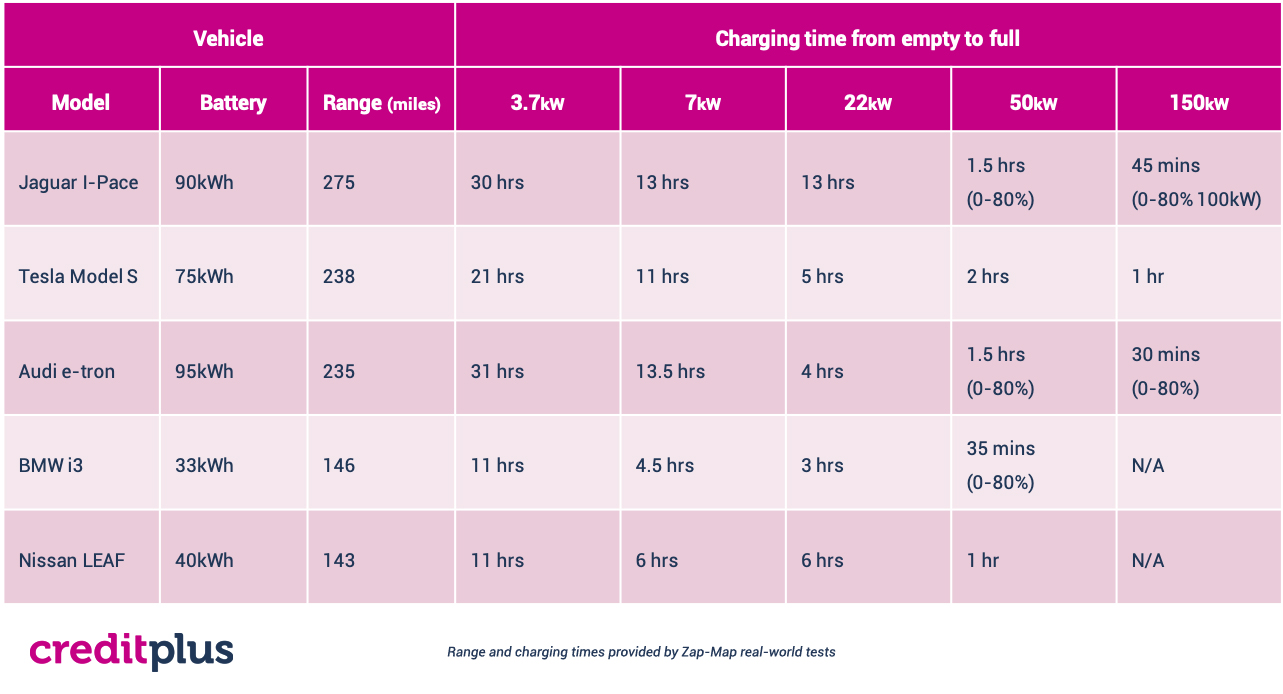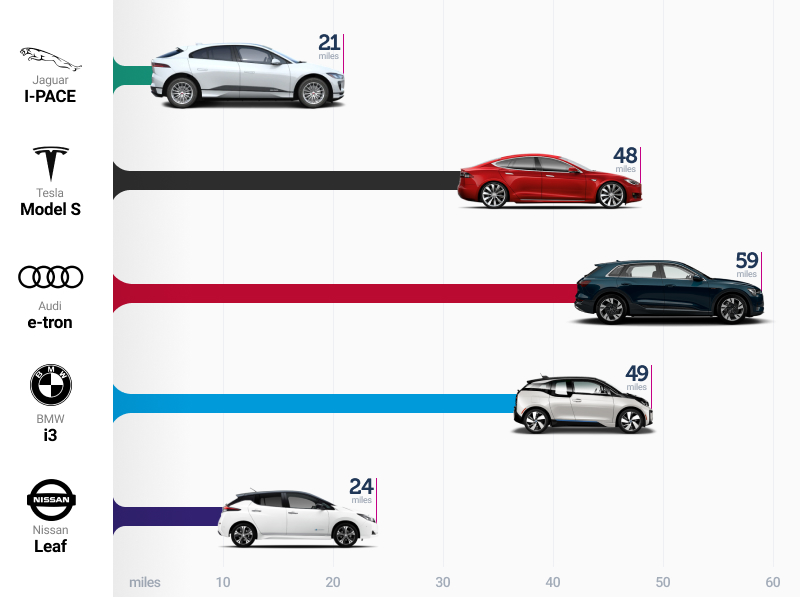Across academia and the motor industry, the phrase Future of Mobility has come to mean that cars will eventually become connected, autonomous, shared and electric – or CASE vehicles. Electric cars have grown hugely in popularity in recent years, autonomous technology is being tested but not mainstream and connected and shared services are in their relative infancy. So, what is the Future of Mobility and when will it be here?
Connected
The first pillar in the Future of Mobility is for vehicles to be connected. In the early 2010’s, insurance companies joined what fleet operators had previously done and began issuing ‘black boxes’ to high-risk drivers, or those wishing to lower their premiums. The data collected since has had fairly limited use – informing underwriters of any cars who are speeding, driving at unsociable hours or exceeding the annual mileage limit, but in the Future of Mobility, the data collected by vehicles will increase. For example, insurance companies could develop dynamic packages which cover drivers just when they’re in the vehicle (which by a recent calculation is as low as 4% of the time), the data collected could also be used to understand extreme weather conditions and alert other vehicles to road issues.
Autonomous
With vehicles offering a variety of entry-level autonomy already, from cruise control, lane detection, and parallel parking, these features will continue to develop and provide a safer environment for those inside and outside the car.
However, greater autonomy involves greater safety concerns. In terms of the true future of mobility, it’s feasible to suggest that those who are currently immobile – the young, old and disabled – will have access to vehicles which are capable of full autonomy. This concept also raises questions whether passengers should hold driving licenses, whether there is legal minimum age to ride, or if all occupants can be intoxicated.
Shared
Traditional ownership models, whereby the customer pays cash, takes out a finance agreement or leases the vehicle for several years, has been the primary method for purchasing a car for 100 years.
The Future of Mobility offers an alternative structure, where large fleet operators and mobility start-ups will rent vehicles on a pay-as-you-go basis negating the need for individual insurance or additional running costs. With access to a vehicle which suits your immediate needs the demand for serviced-based transport will be strong from the outset, but this requires the largest infrastructure and financing investment to work effectively.
Electric
Tesla’s ascent to electric travel glory started in 2008 with the introduction of the Roadster, which was the first all-electric car to travel more than 200 miles. Around 2,500 Roadsters were delivered in the four years of production, but this pales in comparison to the Model S which surpassed 250,000 global sales last September. Questions have been raised about whether the infrastructure is there to support the transition, but one of the interesting points is how long electric cars actually take to charge.










